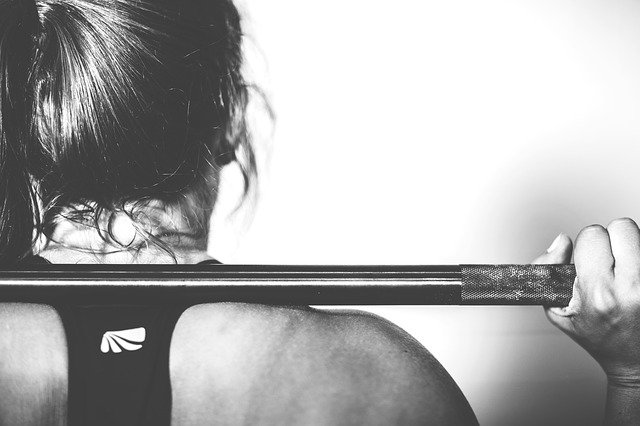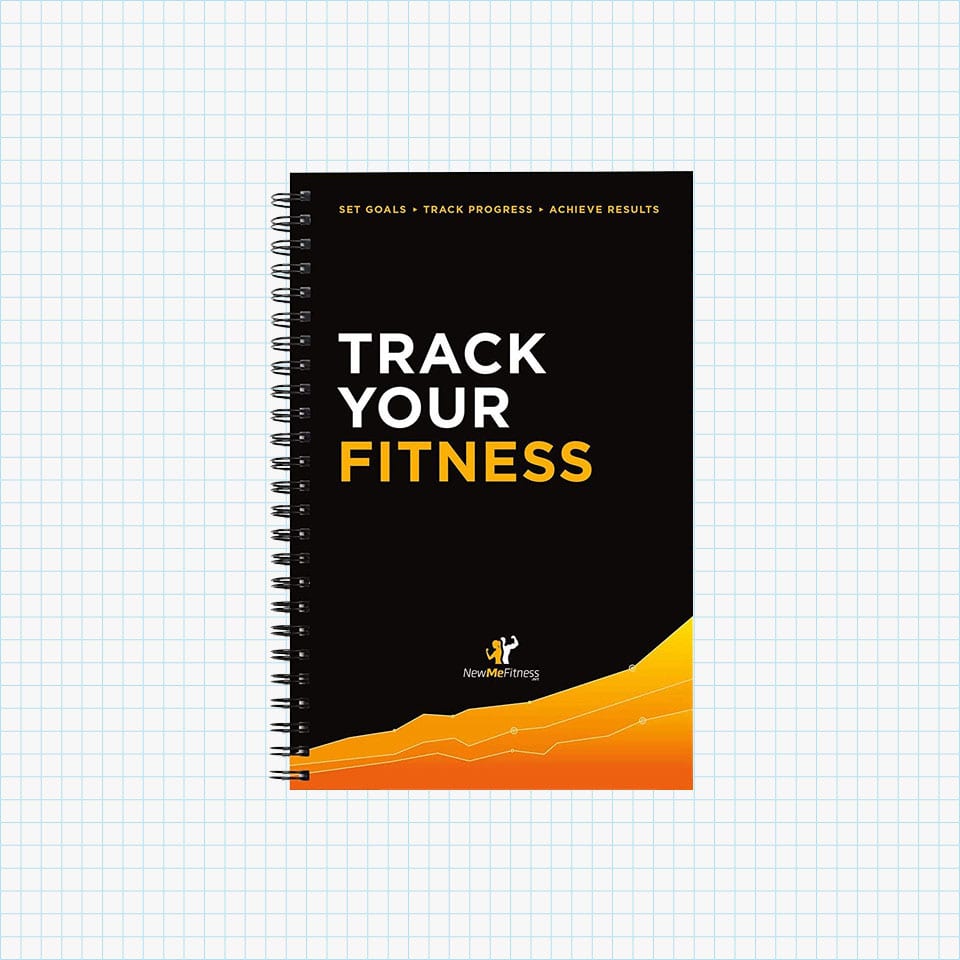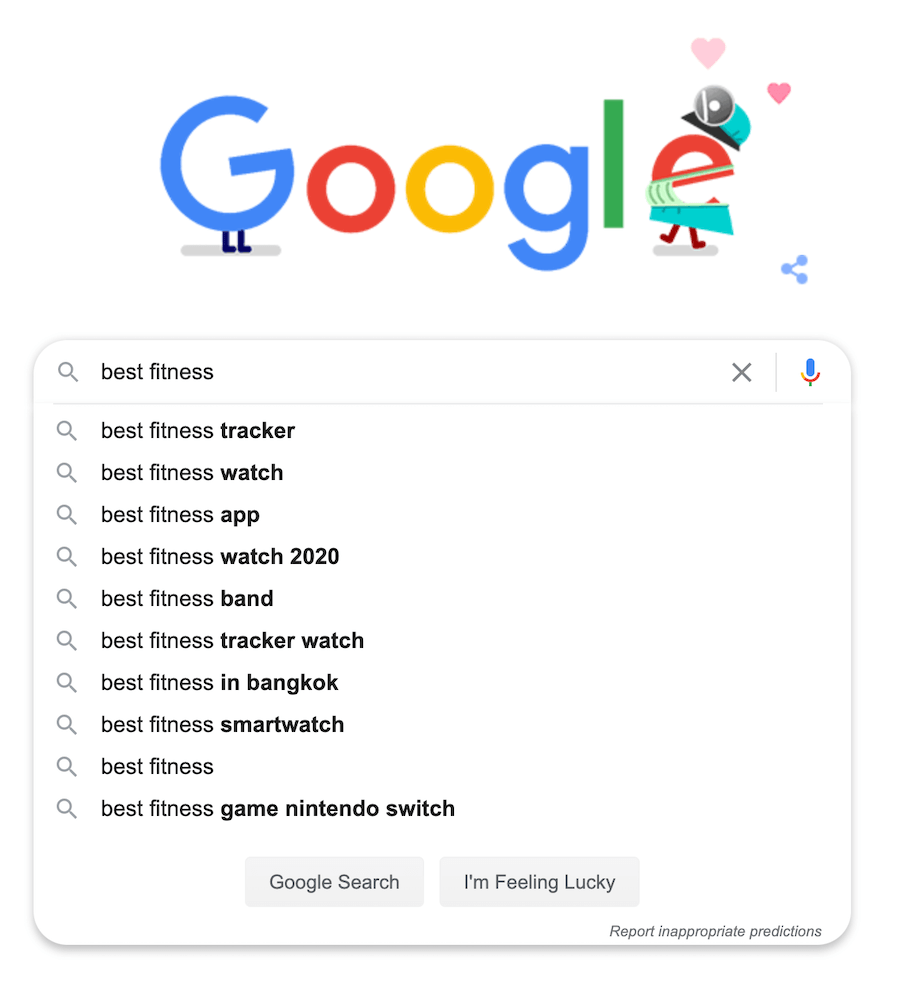
Teenage girls can gain excess weight due to hormones. You can help them lose weight, while still staying active and having fun. The inverted V-pipe, which targets the legs as well as the abs, is one such example. It improves flexibility, balance and stability as well as increasing metabolism. Participants must bend at their elbows and hold a mat while arching their back.
Walking, running and other activities are all good options for girls who want to exercise. These activities help women maintain a healthy body and are great for boosting the metabolism and managing obesity. Walking is an excellent exercise for girls. This can help her improve her heart, digestion, as well as mental refreshment. Weight training is another popular exercise. Begin slowly and work your way up.

A girls' abs workout should last for 45 minutes and be completed in 15 seconds intervals. For girls, HIIT should be done at least twice a day. Most of these workouts for girls are for women who want to tone their glutes and develop stronger midsections. These workouts should be done every day. It's also a good idea for cardio to be done every day.
Warm ups play an essential role in any workout. It raises the core body temperature. However, it also increases bloodflow, which is essential for muscle development. You will get more blood, which means you'll have more nutrients and oxygen to your muscles. Your training will be more productive and efficient. Like other exercises warming up is vital. Perform a few repetitions using a dumbbell or bar for light weight training.
Achieving a toned abdomen takes hard work and dedication. A good abs workout for girls will help a girl shed extra pounds in just 30 days. It will be amazing how quickly your teen can see results. You'll be amazed at how quickly your teen will see results if she sticks to her exercise program. It's never too late for you to start! It is so much simpler than you might think.

There are many workouts for girls that focus on specific muscles. This is important if you want to build lean muscle. These workouts can be used to help a woman build lean muscles and increase energy. Remember, a strong body can make a woman a better person. Your workouts must be personalized to your goals. You can do them in the privacy of your own home!
You can find an abs program for girls in the app store. You will feel amazing and get a six pack in as little as 30 days with this app. It features easy-to-follow animations and detailed instructions. Best of all, you won't have to pay a penny. It can be shared with friends, which is even better.
FAQ
What is the healthiest lifestyle to life?
Healthy lifestyles include eating healthy food, regular exercise, good sleep, and avoiding stress. This will ensure that you live a long healthy life.
Starting small can make a big difference in your diet, and even your exercise routine. You can lose weight by walking 30 minutes each day if you are looking to lose weight. Swimming or dancing are great options if your goal is to become more active. You can also sign up for an online fitness program, such as Strava and Fitbit. This will track your activity.
What is the difference in calorie and kilocalories?
Calories can be used to measure how much energy is in food. Calories are a unit of measurement. One calorie contains the energy needed to raise the temperature of one gram of water by one degree Celsius.
Kilocalories are another term for calories. Kilocalories are expressed in thousandths (or a calorie). 1000 calories are equal to one kilocalorie.
Why does weight change as we age?
How do you know if your bodyweight changes?
If there are less calories than muscle mass, then weight loss is possible. This means that calories must be consumed at a rate greater than energy. Activity levels are the most common reason for weight loss. Other factors include stress, illness and pregnancy. Weight gain is when there are more calories than muscle mass. It occurs when people eat more calories than what they use in a given day. It can be caused by overeating or increased physical activity as well hormonal changes.
Our bodies lose weight because we eat fewer calories than we burn. By exercising regularly, our metabolism rates increase which in turn burns more calories during the day. This does not necessarily mean that we will get thinner. What is more important is whether or not our body is losing or gaining weight. If we're burning more calories than we're consuming then we're going to lose weight. But if we're consuming more calories than we're burning, then we're actually storing them as fat.
As we grow older, we tend to become slower at moving around and therefore we don't move as much. We also tend have less food to eat than when our children were young. We tend to gain weight. On the flip side, we tend to have more muscle mass so we look bigger than we really are.
Without regularly weighing yourself, it is impossible to gauge how much weight you have lost. There are many methods to measure your weight. You can gauge your waist size, hips, hips, thighs and arms. Some people prefer to use a bathroom scale while others prefer to measure with tape.
Track your progress by measuring your waistline and weighing yourself every week. To track your progress, you can also take photos every few months of yourself to see how far it has come.
You can also look up your height, weight and body measurements online to determine how much you weigh. You'd likely weigh 180 pounds if you were 5'10 tall and 180 pounds if you were 180lbs.
What is the problem of BMI?
BMI is the acronym for Body Mass Index. It measures body fat based upon height and weight. Here is how to calculate BMI using the following formula.
Divide the weight in kilograms by the height in meters squared.
The result is expressed using a number from 0 through 25. A score of 18.5+ indicates that you are overweight. A score higher than 23 indicates that you are obese.
A person who is 100 kg in weight and 1.75m in height will have a 22 BMI.
What's the difference between a virus & a bacterium?
A virus is a microscopic organism that cannot reproduce outside its host cell. A bacterium is an organism that splits itself in two. Viruses are very small (about 20 nanometers) while bacteria are larger (up to 1 micron).
Viruses are usually spread through contact with infected bodily fluids, including saliva, urine, semen, vaginal secretions, pus, and feces. Bacteria are often spread via direct contact with contaminated surfaces or objects.
Viral infections can also be introduced to our bodies by a variety of cuts, scrapes or bites. They can also penetrate the skin through the eyes, nose or mouth.
Bacteria can get into our bodies through cuts, scrapes and burns, insect bites, or other skin breaks. They may also be introduced into our bodies through food and water as well as soil, dirt, dust, and animals.
Both bacteria and viruses can cause illness. Viruses can not multiply within the host. They only cause disease when they infect living tissue.
Bacteria can grow in their hosts and cause disease. They can infiltrate other parts of the body. We need antibiotics to get rid of them.
Statistics
- Extra virgin olive oil may benefit heart health, as people who consume it have a lower risk for dying from heart attacks and strokes according to some evidence (57Trusted Source (healthline.com)
- This article received 11 testimonials and 86% of readers who voted found it helpful, earning it our reader-approved status. (wikihow.com)
- WHO recommends reducing saturated fats to less than 10% of total energy intake; reducing trans-fats to less than 1% of total energy intake; and replacing both saturated fats and trans-fats to unsaturated fats. (who.int)
- In both adults and children, the intake of free sugars should be reduced to less than 10% of total energy intake. (who.int)
External Links
How To
27 steps to a healthy lifestyle if your family only eats junk food
It is easy to eat healthy when you cook at home. However, many people are not skilled in preparing healthy meals. This article will show you how to make healthier eating choices at restaurants.
-
Select restaurants that offer healthy dishes.
-
Before ordering any meat dishes, order vegetables and salads.
-
Ask for sauces that aren't sweetened.
-
Avoid fried items.
-
Request grilled meats instead of fried ones.
-
You shouldn't order dessert unless it is absolutely necessary.
-
Make sure that you have something else to eat after dinner.
-
Eat slowly and chew thoroughly.
-
Get plenty of water when you eat.
-
Do not skip breakfast or lunch.
-
Have fruit and veggies with every meal.
-
Consume milk and not soda.
-
Avoid sugary drinks
-
Reduce salt intake.
-
You should limit how often you visit fast food restaurants.
-
Ask someone to join if temptation is too much.
-
Don't let your children watch too much TV.
-
Do not turn on the television while you eat.
-
Do not consume energy drinks.
-
Take regular breaks from work.
-
Get up early in the morning and exercise.
-
Move every day.
-
Start small, and work your way up.
-
Set realistic goals.
-
Be patient.
-
Even if you don’t feel like exercising, make time for it.
-
Positive thinking is important.